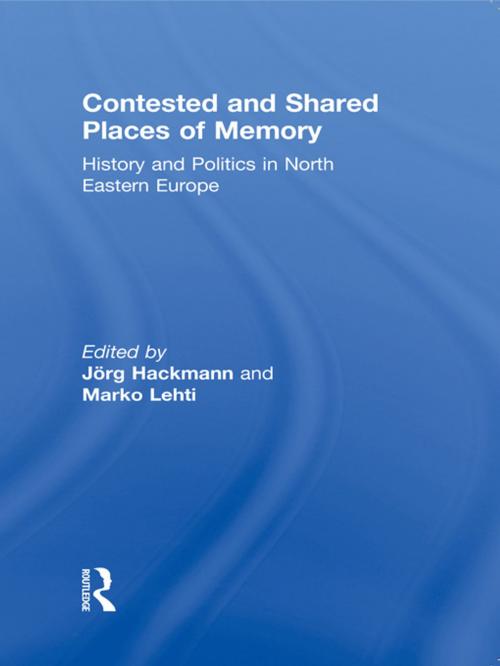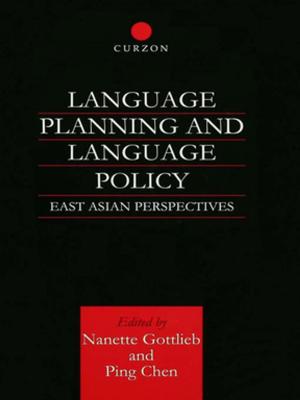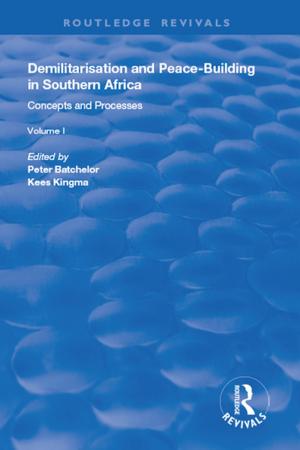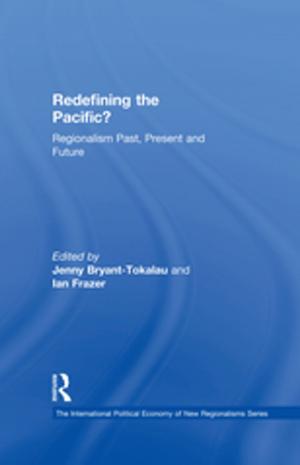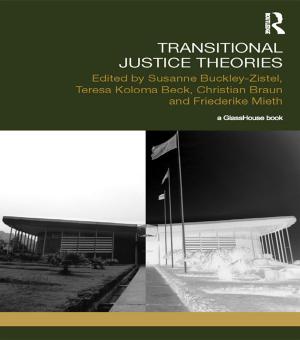Contested and Shared Places of Memory
History and politics in North Eastern Europe
Nonfiction, Social & Cultural Studies, Political Science, Government, Civics, Art & Architecture, Architecture| Author: | ISBN: | 9781317989639 | |
| Publisher: | Taylor and Francis | Publication: | September 13, 2013 |
| Imprint: | Routledge | Language: | English |
| Author: | |
| ISBN: | 9781317989639 |
| Publisher: | Taylor and Francis |
| Publication: | September 13, 2013 |
| Imprint: | Routledge |
| Language: | English |
The Baltic–Russian debates on the past have become a hot spot of European memory politics. Violent protests and international tensions accompanying the removal of the "Bronze Soldier" monument, which commemorated the Soviet liberation of Tallinn in 1944, from the city centre in April 2007 have demonstrated the political impact that contested sites of memory may still reveal.
In this publication, collective memories that are related to major traits of the 20th century in North Eastern Europe – the Holocaust, Nazi and Soviet occupation and (re-)emerging nationalisms – are examined through a prism of different approaches. They comprise reflections on national templates of collective memory, the political use of history, cultural and political aspects of war memorials, and recent discourses on the Holocaust. Furthermore, places of memory in architecture and urbanism are addressed and lead to the question of which prospects common, trans-national forms of memory may unfold.
After decades of frozen forms of commemoration under Soviet hegemony, the Baltic case offers an interesting insight into collective memory and history politics and their linkage to current political and inter-ethnic relationships. The past seems to be remembered differently in the European peripheries than it is in its centre. Europe is diverse and so are its memories.
This book was published as a special issue of the Journal of Baltic Studies.
The Baltic–Russian debates on the past have become a hot spot of European memory politics. Violent protests and international tensions accompanying the removal of the "Bronze Soldier" monument, which commemorated the Soviet liberation of Tallinn in 1944, from the city centre in April 2007 have demonstrated the political impact that contested sites of memory may still reveal.
In this publication, collective memories that are related to major traits of the 20th century in North Eastern Europe – the Holocaust, Nazi and Soviet occupation and (re-)emerging nationalisms – are examined through a prism of different approaches. They comprise reflections on national templates of collective memory, the political use of history, cultural and political aspects of war memorials, and recent discourses on the Holocaust. Furthermore, places of memory in architecture and urbanism are addressed and lead to the question of which prospects common, trans-national forms of memory may unfold.
After decades of frozen forms of commemoration under Soviet hegemony, the Baltic case offers an interesting insight into collective memory and history politics and their linkage to current political and inter-ethnic relationships. The past seems to be remembered differently in the European peripheries than it is in its centre. Europe is diverse and so are its memories.
This book was published as a special issue of the Journal of Baltic Studies.
